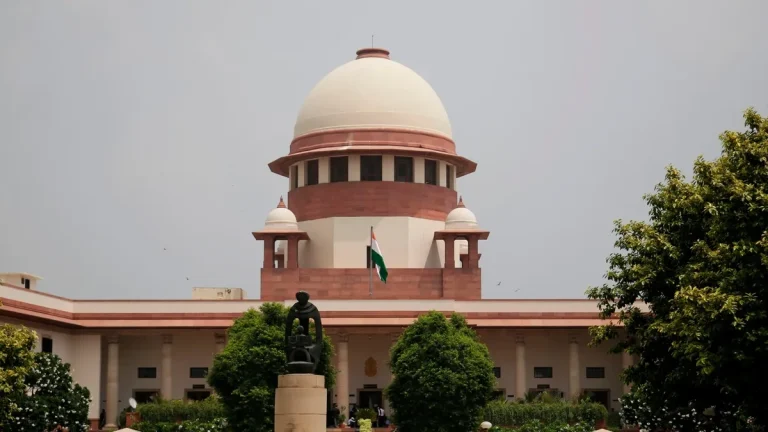In a bold move to combat intellectual property infringement, a Beijing court has unveiled 10 landmark cases, showcasing its commitment to cracking down on malicious trademark registrations. The initiative aims to send a powerful message affirming the court’s dedication to safeguarding legitimate intellectual property (IP) rights and fostering a fair market environment.
Court’s Determination:
Song Yushui, vice-president of the Beijing Intellectual Property Court, underlined the court’s resolve to address the issue of malicious trademark registrations. She emphasised the court’s efforts to enhance the quality of case handling, describing these registrations as disruptive to market order. Tactics such as trademark squatting, appropriation, and imitation have been identified as contributors to this issue.
Notable Trends:
Song highlighted a concerning trend where individuals register trademarks based on current events, breaking news, prominent figures, or issues with high social attention. Such registrations not only infringe on the rights of legitimate IP owners but also disrupt fair market competition.
Clear Guidelines:
To counteract these practices, the court has released 10 concluded cases, outlining specific circumstances and actions that qualify as ‘malicious’ trademark registrations. This move aims to provide clear guidelines for businesses and individuals seeking to register trademarks, promoting transparency in the process.
Industry Applauds Efforts:
Industry experts have welcomed the court’s proactive stance. Wu Dongping, secretary-general of the China Trademark Association, commended the court’s commitment, emphasising that combating malicious registrations ensures fair competition and protects innovators. This, in turn, contributes to high-quality economic development.
Protecting Intangible Assets:
Liu Wenchao, a political adviser in Beijing, stressed the significance of safeguarding trademarks as essential intangible assets for enterprises. He urged the court to maintain pressure on malicious registrations, aligning with China’s aspiration to become a global ‘brand power.’
The Beijing court’s crackdown on malicious trademark registrations marks a significant step towards reinforcing intellectual property rights and establishing a level playing field in the market. The release of these landmark cases not only serves as a deterrent to potential infringers but also provides valuable guidance for businesses navigating the trademark registration landscape in China.










